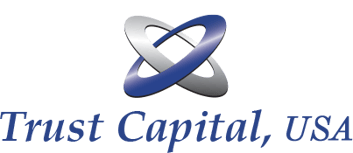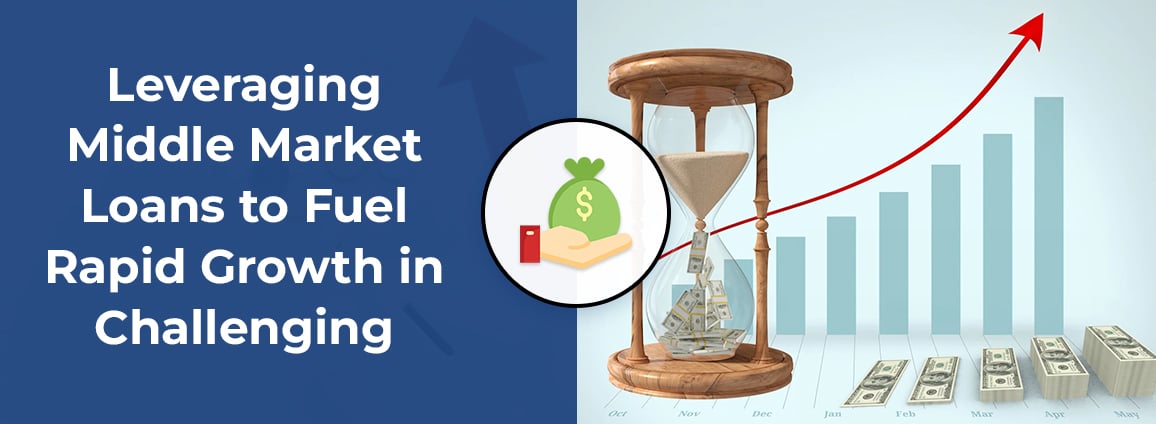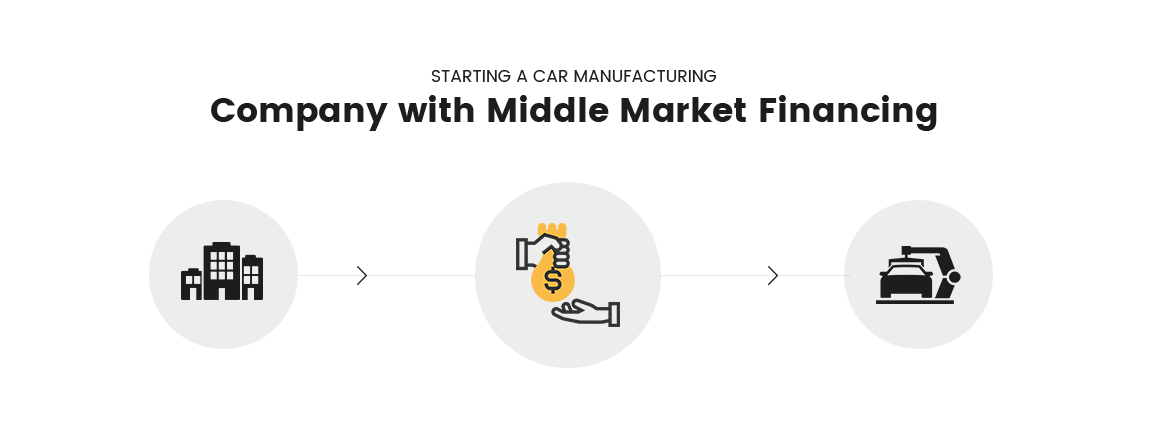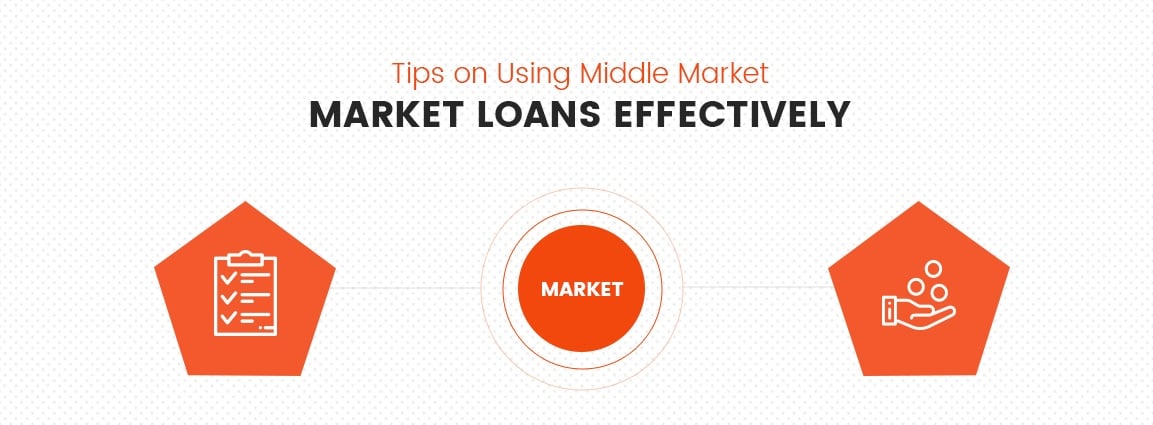There are bigger companies that never have an issue with capital transactions, and they are relatively nimble as they are not on the verge of insolvencies. Prominent banks, conglomerates, private equity companies, and other institutional investors are alway involved in their business, whether it is an injection of new capital, middle market loans, or an outright sale of the firm.
Larger companies have sophisticated senior financing executives on board as they have better access to third-party advisors that money can buy. Surely, everyone is in desperate need of a much bigger purchase or financial move from time to time.
There are smaller cousins for these larger companies, middle-market companies that are not so fortunate. There are over 350,000 middle market companies in the US, which account for over 33% of the GDP of the US. Over time, they have mostly been left wandering in the dark when it arrives at the capital markets.
The midsize companies have, for most of the most part, ignored whether they are in search of debt or equity investment, an acquisition, business equipment financing, an operating lease or a company exit. They are struggling to gain the attention of the banks, investment banks, and other service providers, and worse, whenever they are not establishing a connection where they are often paying outsized fees compared to the larger companies.
Fortunately, The internet has made it easier for a CFO to find equipment leasing companies in just fifteen minutes or even less; therefore, why is it so tough to harness a similar potential for the middle market?
Gearing up for a recession
The majority of senior debt providers will have difficulty raising all of the funds required to finance an acquisition. Due to its comfort with high firm valuations, middle market lending provides expanding businesses with more generous business loans with longer durations.
Connecting expanding businesses with the effective middle market financing channel results in greater access to capital and aggressive growth. As more players enter the middle market lending space, more deserving businesses can now obtain a middle market loan.
Proactively plan for a slowdown in sales and profits: Build relationships with your biggest and most crucial partners, investors, and customers by concentrating strategy on them. And while price increases can be unavoidable, be open and honest about them.
Review your supplier relationships: Renegotiating contracts and prices is an option. By contracting out some of your work to a vendor, you might also see increased efficiency.
Also look for transaction opportunities: During a slump, there may be benefits like:
M&A opportunities: Utilize the premiums on the equity market for scale, growth, and strong profitability in M&A prospects.
Be on the lookout for undervalued assets: Low equity prices could also present possibilities.
Hundreds of thousands of middle-market companies have pent-up demand for loans with new equity investments, company existence, and acquisitions. But, unlike the bigger companies, several middle-market firms tend to become sedentary regarding banking relationships. They have picked up a middle market lender and stuck with them mainly out of inertia with a lack of fear. The preoccupation with the operational demands and the concerns about word getting out if they shop in their local banks have created a scary situation that might leave no better alternatives to their long-term lending source.
Prioritizing net zero
Companies will need to comprehend their impact on the supply chain and scope 3 carbon emissions as a result of the growing tendency towards climate action and climate-related disclosures.
The Environmental Protection Agency (EPA) states that Scope 3 emissions are the consequence of operations on resources that the reporting organization does not control or own, but which are indirectly impacted by the organization through its value chain.
Governments also place a high premium on achieving net zero. The continuation of reforms that lessen dependency on fossil fuels is expected given the current state of the world's energy supply. The United States has made a commitment to achieve net zero emissions of greenhouse gases by 2050.
In light of this, the Securities and Exchange Commission (SEC) of the United States is completing the requirements for climate-related disclosure in annual reports, registration statements, and prospectuses of all publicly traded businesses that have filed reports with the SEC or whose stock is traded on a U.S. stock exchange.
Aside from rules and requirements, implementing net zero initiatives can aid firms in cost reduction, expansion, and resilience. Think about the following:
Adopt a circular economy. Use low-carbon techniques to enable the effective use of resources and energy. By extending the lifespan of resources and products, a circular economy can reduce or even eliminate waste.
Build sustainability into your supply chain. Additionally, a net zero strategy lowers waste and emissions for organizations, keeps them from wasting resources, and protects their brand from supply chain hazards (ex. use of child labor).
The value of an organization can be impacted by ESG strategies that focus on the environment and other progressive issues. Maintaining a good ESG image can raise a company's potential acquisition price in addition to being a factor in how regulators and customers view you.
Businesses should also be aware of additional hazards, such as litigation with ESG. For instance, any violation of ESG principles in your supply chain may lead to contract violations or lawsuits from clients and business partners. Or, in the financial services sector, if advisors misrepresent a fund's ESG credentials, a person or company may charge them with negligence.
Main components of the middle-market service provider
There are middle market professionals who need greater focus to serve their clients, source their deal flow, and manage their credit exposures, with more and more participants entering this increasingly competitive environment. They cannot afford the roadblocks linked with inefficient, inadequate back-office operations or systems that do not interact seamlessly. Middle-market loans are the one-in-all-solution offering the main resources to help overcome such issues.
Digitization for future readiness
During the COVID epidemic, digitalization surged and is expected to continue. Future success of SMBs and mid-market companies depends on digital transformation and the implementation of automated, digital technology. Companies may achieve better efficiencies, free up resources, and embrace value-generating activities more efficiently through digitalization (converting analogue information to digital), all while raising consumer and employee satisfaction.
Digitization has not been a top priority for many SMBs and mid-sized businesses, while being a necessary step in the digital revolution. Instead of manufacturing and service delivery, digital initiatives have primarily focused on improving products and services.
When implementing digital transformation plans, smaller enterprises do have some benefits over larger ones. SMBs and mid-sized companies, for instance, are typically more flexible and agile when it comes to gathering and integrating data sources for business insights and enhanced workflows. Collaboration and information exchange can go much more smoothly. On the other side, segregated departments and stove-piped processes can slow down large corporations.
Using an individualized accounting system
The team of loan providers should use independent accounting systems for:
- Tracking the underwriter and borrower business financial information
- Tracking the cash and attributes to loans
- Automatically delivering and creating the notices
It is important that the notices are clear, on time, and concise and that they should include each required information correctly. Furthermore, the business equipment financing lenders are willing to white-label their services. In this way, the direct lenders maintain their relationship with the broker; however, they do not need to rely on their technology or the staff systems to generate the notices or process the payment and interest payments.
Navigating 2023
Predictive norms are being tested in today's fast evolving world, and corporations are increasingly turning to data, AI, and predictive analytics to anticipate the future.
Utilizing these insights and figuring out what will work for you and your company today and what will be necessary in the future is difficult. Despite this, businesses who are aware of the most recent trends, advancements, and services have plenty of potential for growth and opportunity.
Closing thoughts Leveraging Middle Market Loans to Fuel Rapid Growth in Challenging Times
The management team can handle middle market loans requirements with business equipment lenders like Trust Capital. Our rebounding economies will get a boost from the new tools and expertise reducing this capital chaos, simplifying and streamlining the debts and company existence, and streamlining the debt and acquisitions in the middle market in the upcoming years.


 (866) 458-4777
(866) 458-4777

 Paul Kendall
Paul Kendall







